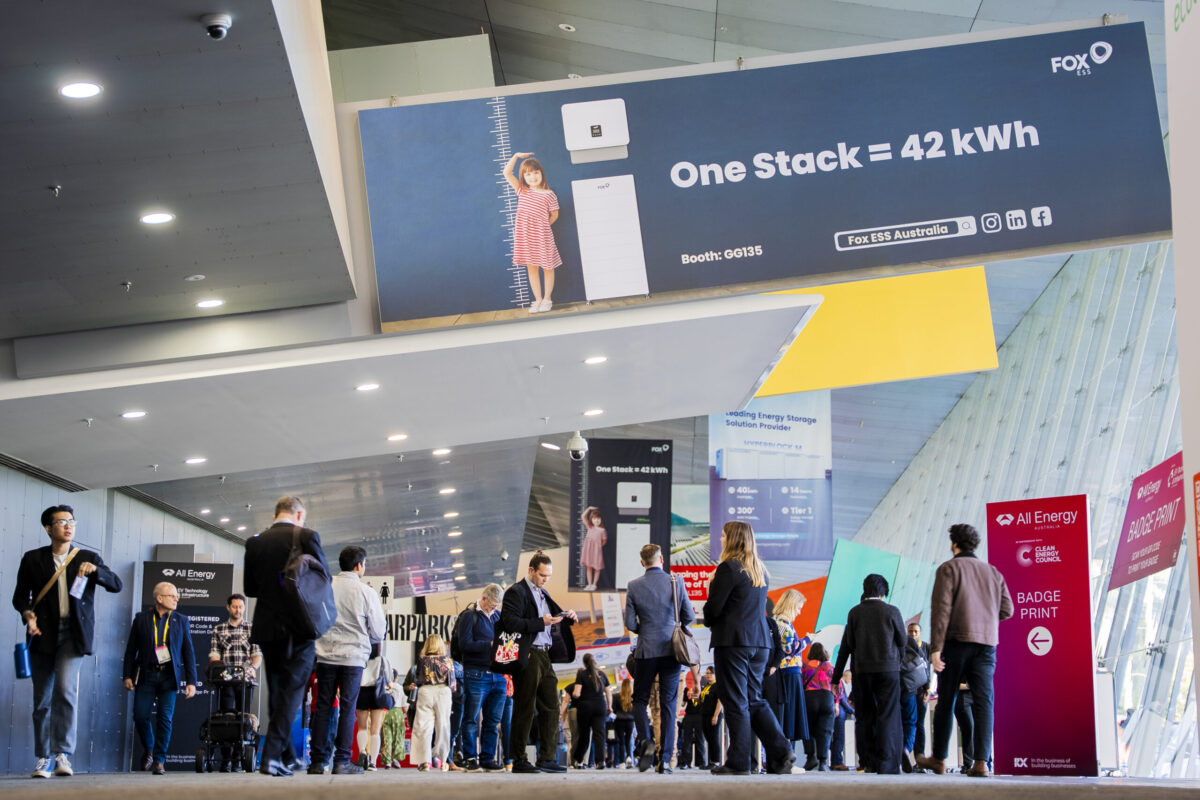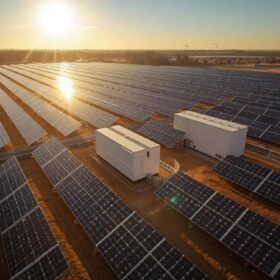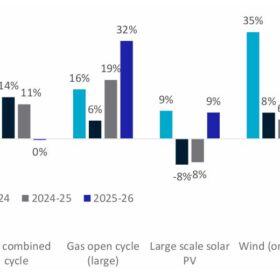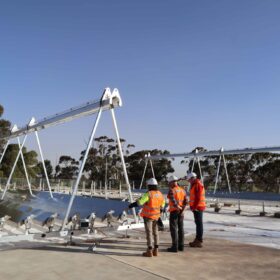Researchers at the Commonwealth Scientific and Industrial Research Organisation (CSIRO) have proven with a solar-powered ‘beam-down’ solar reactor technology that a full thermochemical hydrogen production cycle, from solar input to hydrogen output, has the potential to achieve a solar-to-hydrogen efficiency of higher than 20%, 5% more than many existing systems.
Working at the CSIRO’s Newcastle Energy Centre (NEC), located 160 kilometres north of Sydney, the researchers achieved the result with its demonstration of a system called a beam-down solar reactor using concentrated solar power (CSP) and metal particles to produce green hydrogen.
Unlike traditional CSP, that focus sunlight onto the top of a tower, the CSIRO design directs it down onto a platform, like a magnifying glass but at a larger scale.
CSIRO Computer Scientist and Solar Thermal Researcher Michael Rae said most hydrogen today is made from methane, a process that releases emissions, known as grey hydrogen.
“To make green hydrogen, we need methods that can produce it in large volumes, reliably and cost-effectively, without relying on fossil fuels,” Rae said.

Image: CSIRO
Beam-down reactor
Key to the solar reactor process is a metal oxide called doped ceria, which is a modified form of the naturally occurring mineral designed to improve its ability to absorb and release oxygen at much lower temperatures.
The researchers say the oxygen exchange drives the production of hydrogen when doped ceria, developed at the Niigata University in Japan, is heated by solar energy, releasing some oxygen atoms, thenm when exposed to steamm absorbs oxygen from the water, leaving hydrogen gas that can be captured, stored and used as fuel or for industrial processes. The doped ceria can be reused repeatedly.
Professor Tatsuya Kodama from Niigata University said over three times more hydrogen can be produced using the method, than what’s typically achieved using standard materials in a similar reaction.
“That shows real promise for improving the efficiency in future designs and we also gained valuable insights into how we can further develop the particles to improve the overall process,” Kodama said.
CSIRO Solar Technologies leader Dr Noel Duffy said the technology is a significant leap forward for Australia’s solar thermal research capability.
“We can now test high-temperature reactions more easily – not just for hydrogen, but for other applications such as metal refining,” Duffy said.
This content is protected by copyright and may not be reused. If you want to cooperate with us and would like to reuse some of our content, please contact: editors@pv-magazine.com.









By submitting this form you agree to pv magazine using your data for the purposes of publishing your comment.
Your personal data will only be disclosed or otherwise transmitted to third parties for the purposes of spam filtering or if this is necessary for technical maintenance of the website. Any other transfer to third parties will not take place unless this is justified on the basis of applicable data protection regulations or if pv magazine is legally obliged to do so.
You may revoke this consent at any time with effect for the future, in which case your personal data will be deleted immediately. Otherwise, your data will be deleted if pv magazine has processed your request or the purpose of data storage is fulfilled.
Further information on data privacy can be found in our Data Protection Policy.